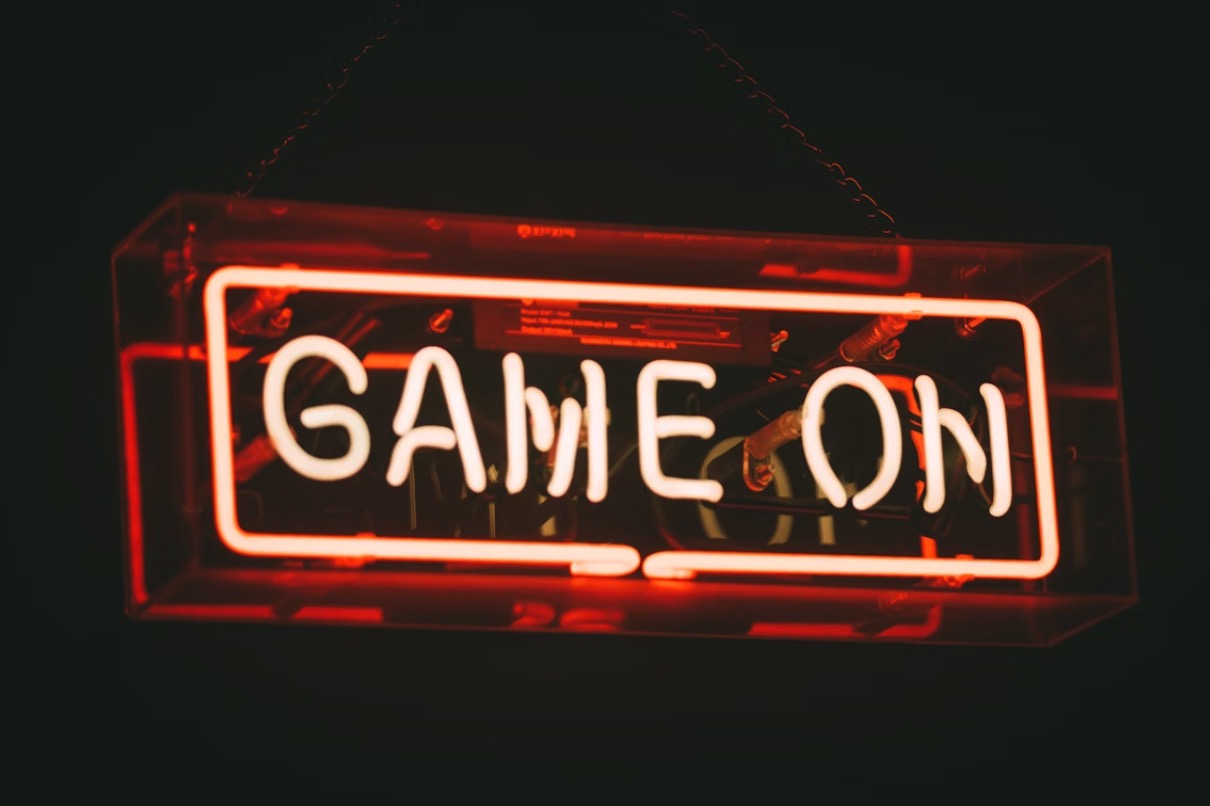Comments
GAMING - Ever thought that a game could actually bring strangers together, spark local creativity, and reshape community life? Welcome to Los Angeles’s vibrant world of immersive experiences. Some claim it’s just artsy fun. Others say it’s quietly forging new bonds across diverse neighborhoods.
Let me explain.
A New Kind of Neighborhood Night Out
You might search for escape room LA near the top of this article, and with good reason—it’s become a social hub. These LA-based escape games, interactive murder mysteries, and immersive theater shows now double as meet‑ups, team outings, and weekend traditions. Think less screened invites and more face‑to‑face mystery solving.
These games go beyond puzzles. They invite you into worlds—whether that’s a retro‑futuristic train, a haunted mansion, or a secret society gathering under a dimmed bar. And all across LA, they’re doing something unexpected: weaving people into conversations, collaborations, laughter, and yes, occasional panic (in the best way).
Why Immersive Beats Ordinary Entertainment
Community life thrives on shared experience. These immersive events:
- Break down barriers. You’re working with strangers toward a common goal.
- Spark conversation. After the game, you naturally talk—about that twist ending, the hidden clue no one saw, or who screamed first.
- Connect neighborhoods. Koreatown, DTLA, Culver City—they all host different types of immersive games and draw people across the city.
What these experiences create is more than fun. They’re micro‑communities. Here’s how they shape everyday life:
1. Real Interaction Replaces DMs
No group chat needed—just real people, side‑by‑side, deciphering clues.
2. Creativity and Collaboration
Many immersive shows rely on audience participation—actors seed storylines, but you get to shape the experience. It’s active storytelling, collectively created.
3. Cultural Cross‑Pollination
Shows set in historic LA homes draw locals and visitors. Workshops like those by American Immersion Theater or Immersive Art Collective bring together folks from different backgrounds to create together.
From Escape Rooms to Interactive Theater
Los Angeles’s immersive scene is not one‑dimensional. It includes:
- Escape Rooms: Standby classics—like The Escape Game LA in Century City—a polished, social puzzle experience with rooms for up to 8 players and coordinated group events.
- Immersive Theater: Speakeasy Society stages themed stories in unexpected places (church gardens, hidden pubs, private residences), blending narrative and improvisation.
- Dining as Drama: Elementa, at The Gallery DTLA, layers fine dining with multi‑sensory visuals—virtual volcanoes, star‑filled sky ceilings, theatrical staging—so dinner becomes communal spectacle.
- Fan Experiences: “The Traitors Experience” invites audiences into scenarios inspired by reality competition shows—social deduction, alliances, betrayals—all in immersive sets around LA.

Together, these formats offer something unique: experiences that feel local yet cinematic, social but staged, playful yet grounded.
Community Impact: More Than Just Fun
Strengthening Local Relationships
Groups often return to the same venues—Koreatown, Culver City, Santa Monica—creating recurring gatherings. Meetup groups, Reddit posts, and fan forums bubble with stories of people forming lasting friendships through shared game nights.
Supporting Emerging Creators
Immersive art troupes like IAC (Immersive Art Collective) produce shows and workshops offering artistic tools, mentorship, and performance outlets for local creatives—often free or low‑cost for under‑served communities.
Blending Education and Play
USC’s alternate reality games (like “Reality”) have shown how collaborative games can build narrative skills and community among students and neighbors—fostering creativity and real teamwork.
Public Engagement
Immersive experiences aligned with civic storytelling or local history (like AR sidewalk tours or community‑built puzzle hunts) encourage residents to engage with public space in new ways.
How These Games Actually Create Connection
Here’s what binds them all together:
- Shared stakes and time‑limits: Everyone’s racing the clock together. That urgency bonds people.
- Interactive obstacles: You need others’ perspectives. Teamwork becomes natural.
- Embedded social memory: You’ll tell your friends, “Remember when we escaped the train in 20 minutes, and that clue turned out to be behind the mirror?” That story becomes part of community lore.
- Post‑game rituals: Many groups go for coffee or snacks afterward, solidifying connections beyond the puzzle.
Equity and Access: Opening Doors
Not all immersive experiences cost $200 or more. While high‑end shows like Elementa attract niche audiences, community groups offer pop‑ups, low‑price evenings, or sliding‑scale entry. Mobile Escape Room LA brings games to schools and local festivals—making immersive play accessible beyond downtown LA.
Organizations like IAC host free workshops and performances aimed at youth, focusing on creativity and social engagement rather than profit. These grassroots approaches ensure that immersive culture doesn’t stay boutique.
Looking Ahead: What’s Evolving in LA’s Immersive Scene?
Several trends are emerging:
- Hybrid experiences: Combining digital and physical clues—like mobile‑based puzzles that link to in‑room performance.
- Neighborhood storylines: Games built around local histories or real public art installations.
- Pop‑up theater meets escape room: Short programs in unexpected places like laundromats, galleries, or parks.
- User‑created events: Fans organizing meet‑ups, rotating through escape rooms or immersive dinners together.
- Educational game design: Workshops teaching local youth to design their own immersive games, building skills and agency.
A Few Real Examples
- Speakeasy Society blends narrative immersion in creative spaces across neighborhoods like Echo Park and Pasadena—audience members choose sides in a narrative battle or attend a hidden pub dinner party.
- Elementa at The Gallery pairs fine dining with theatrical production in DTLA—a multi‑sensory walk through earth, water, air, fire, and space, in a five‑course sequence.
- The Traitors Experience lets groups live out a social deduction game inspired by a TV show, in castle‑like settings around LA, complete with alliances and dramatic reveals.
In Summary: What Immersive Games Offer LA Communities
Los Angeles’s immersive scene isn’t just about spectacle—it’s knitting neighborhoods together, giving local voices creative power, and reimagining social life through play.
Immersive games help:
- Build real connection between strangers
- Support local artists and cultural enterprises
- Invite people into creative collaboration and local storytelling
- Offer accessible avenues for play, learning, and shared memory
It’s community in motion—vivid, playful, and designed for connection.
Want to Join In?
Curious where to start? Look for games in Koreatown, Culver City, or DTLA. Seek out interactive theater companies like Speakeasy Society or community groups like Immersive Art Collective. Check Meetup or Reddit for escape‑room gatherings. Even university workshops and pop‑ups offer ways to get involved.
Immersive games aren’t just entertainment—they’re local rituals, creative gatherings, and social catalysts. So go ahead—solve puzzles, play roles, talk to strangers. You’ll leave more connected, more creative, and maybe even more curious about the city you live in.
Your next neighborhood memory might just begin with a clue hidden behind a painting.

















